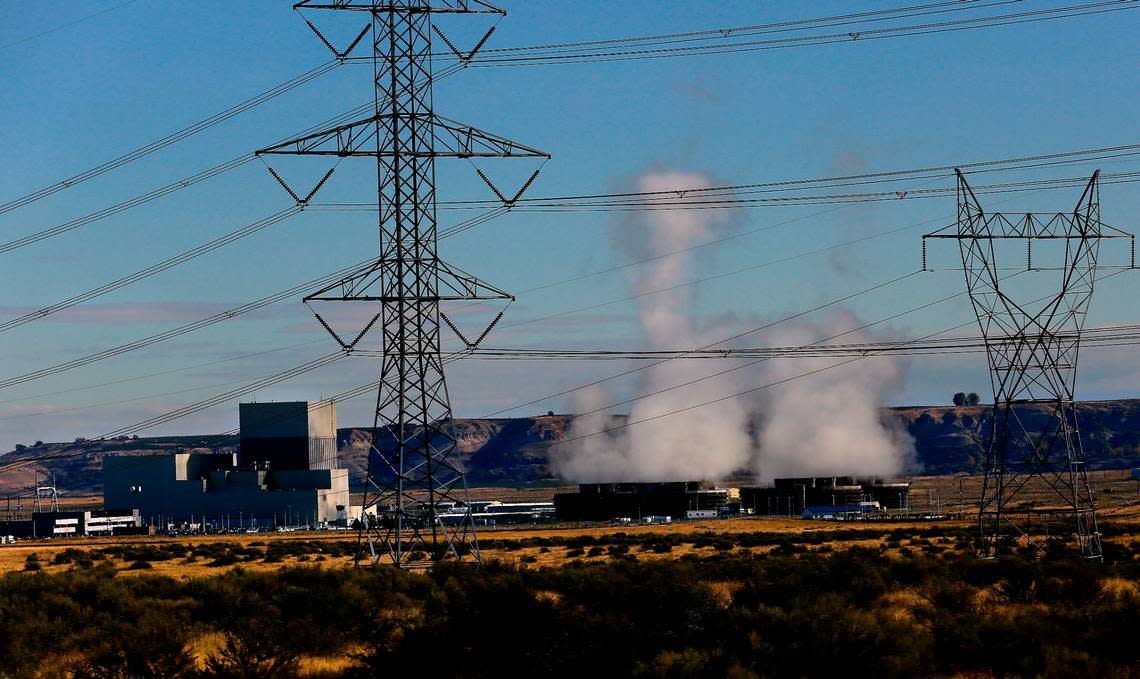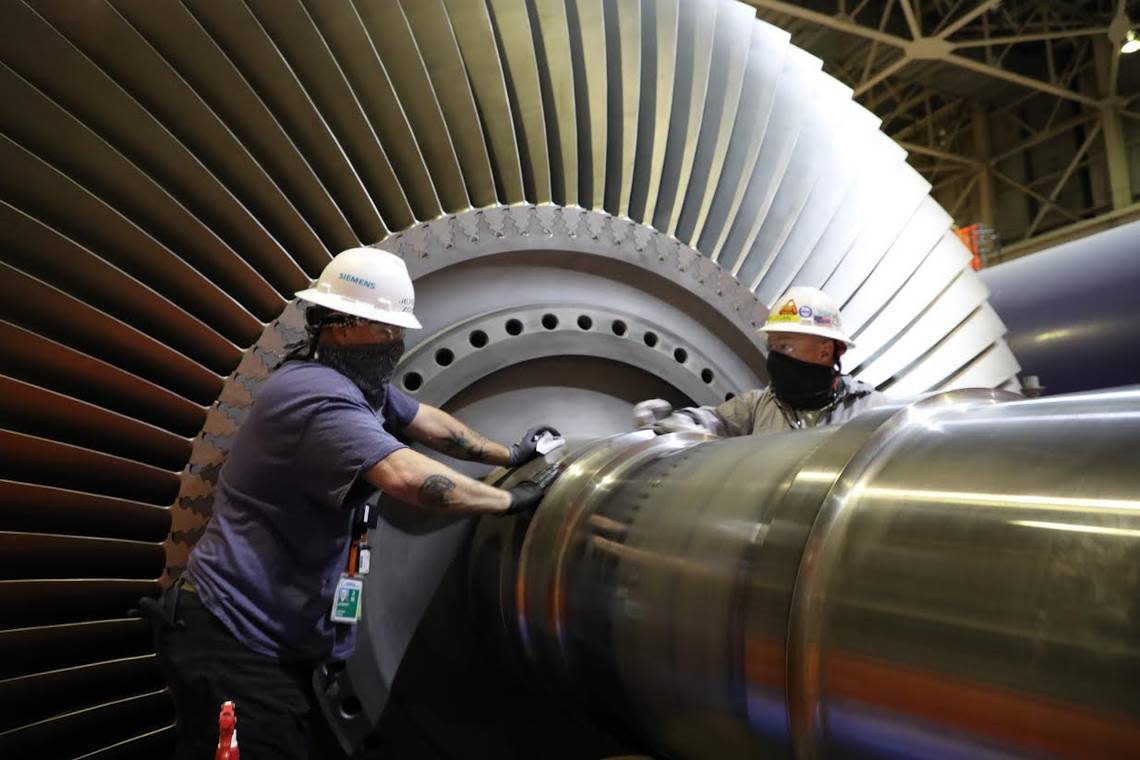Extreme Northwest weather — hot and cold — drives new record at only WA nuclear plant
The Pacific Northwest’s only nuclear commercial power plant set a new generation record in 2022, a year of weather extremes.
The Energy Northwest’s Columbia Generating Station produced 9.8 million megawatt hours of electricity in the last year.
That’s the most of any calendar or fiscal year in the plant’s 38-year history. It was enough electricity to power more than 1 million homes.
The record shows the “immense value” of being able to produce power on demand around the clock, said Bob Schuetz, Energy Northwest chief executive.

The plant works closely with the Bonneville Power Administration to reduce generation when there is excess power supplying the grid, but also operates at 100% capacity during times of high demand for electricity.
The plant got a boost toward its new production record by the unusually cold weather in December in the Northwest.
The Bonneville Power Administration made a “no touch” request to Energy Northwest for most of December because of the bitter cold.
It asked Energy Northwest to limit nonessential maintenance that could either require a reduction in power or pose a risk to sustaining 100% generation at the nuclear plant during the bitter cold that increased demand for power.
“When we have extreme temperatures, the region — and our public power members — rely on the full-time capacity that nuclear energy has to offer,” Schuetz said.
BPA, a nonprofit federal power marketer, supplies electricity from hydroelectric dams and the Columbia Generating Station to 142 Northwest electric utilities.
The Columbia Generating Station is on leased land at the Hanford nuclear reservation site, which had the sixth coldest December on record last year since World War II. The nuclear power plant is not part of the past nuclear cleanup work done at Hanford.
That was after a summer with heatwaves that had BPA making “no touch” requests for six days in July, seven days in August and 12 days in September.
The summer was the fifth warmest on record at Hanford since WWII.
The nuclear power plant ended up with a capacity factor of 99.4% in 2022, a measure of the electrical energy produced compared to how much could have been produced at continuous full power.
Nuclear energy has the highest capacity factor of any energy source, according to Energy Northwest. The Columbia Generating Station produces 1,207 gross megawatts when operating at 100% power.
The nuclear plant also produces electricity carbon-free, supporting the region’s transition to clean energy.
Nuclear plant outage
Columbia Generating Station’s new production record should stand at least through 2023, which is a planned outage year for the plant in Eastern Washington near Richland.

Energy Northwest is preparing to take the nuclear plant off line for a planned 40 days in May for a refueling outage and maintenance work that can only be done when the plant is not operating. A refueling outage is planned for the spring of every other year.
Hiring for temporary positions for the outage has started with some jobs already posted at the Energy Northwest jobs page. Additional hiring will be done by subcontractors working the outage.
In a typical year 1,200 or more temporary workers are needed for the outage in addition to the plant’s permanent employees.
